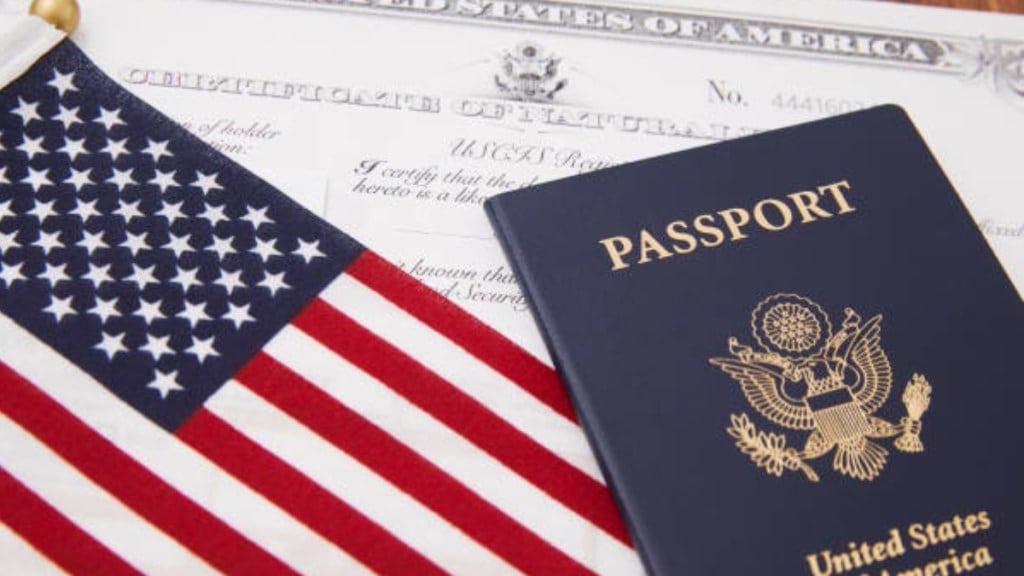A wave of anxiety is building within the US immigration system after employees of the US Citizenship and Immigration Services (USCIS) received internal communication this week urging them to consider early retirement or face possible layoffs as part of an impending “reduction in force,” according to Doug Rand, former, US Citizenship and Immigration Services (USCIS), Senior Advisor.
The stark warning has reignited concerns of a return to crippling delays in immigration processing that could impact millions — from families awaiting reunification to American hospitals relying on foreign-trained doctors.
“If USCIS sheds employees, backlogs and processing times will shoot up.” the former advisor warned, who took to social media to sound the alarm. “Members of Congress — Republicans and Democrats alike — will be inundated with calls from constituents desperate for help with languishing applications,” he said.
HUGE immigration news!
This week, the ~20,000 USCIS staff were sent a mail to retire or be fired. This would be a disaster for US immigration.
Last time this happened in 2020, backlogs DOUBLED.
Processing times will rise. Families will be separated. Businesses will suffer.
— Deedy (@deedydas) April 13, 2025
The advisor cited familiar examples: parents waiting to adopt a child from abroad, US citizens trying to bring their spouses home, growers depending on seasonal farmworkers and companies seeking highly skilled foreign workers. “Millions of people, waiting,” the post emphasised.
The situation evokes a troubling precedent from just a few years ago. In 2020, prior to the COVID-19 pandemic, USCIS leadership opted to drain the agency’s financial reserves. When the pandemic triggered a sharp decline in fee-based revenues, USCIS instituted a hiring freeze. As a result, over a thousand immigration officers were lost through attrition, leading to a dramatic rise in case backlogs.
“That’s exactly when the backlog started to bulge, more than doubling within a year,” the former advisor noted, referencing internal data that showed a steep spike in pending applications during that period.
A major turnaround began in 2021, when the agency under a new administration began hiring thousands of officers and support staff, raised fees to ensure financial sustainability, and reformed processing workflows.
“We did what any administration seriously pursuing government efficiency would do,” the advisor said. “By 2023, USCIS had reduced its backlog for the first time in over a decade — even while receiving a record number of applications.”
Processing times, especially for routine cases like green card renewals, fell sharply. “Whereas most people waited 8 months or more for a green card renewal in 2020, now it’s a matter of weeks,” they explained.
However, that progress may now be in jeopardy. The advisor stressed that a return to understaffing would once again clog the immigration pipeline — with consequences not just for families and businesses, but also for national security.
“Backlogs make it harder to ensure national security, because cases sit for months or even years before full vetting can occur.”
They underscored the founding purpose of USCIS, created by Congress to provide essential services — “it’s right there in the name,” they pointed out. Unlike most federal agencies, USCIS is funded not by taxpayers, but through the fees paid by applicants themselves.
“These customers are millions of US citizens, US companies, and aspiring Americans-in-waiting who paid a lot of money to get a timely answer,” the advisor concluded. “The ultimate goal should be eliminating the backlog — with fair and timely processing for everyone.”
As lawmakers brace for a potential flood of calls from frustrated constituents, the fate of USCIS’s staffing — and the hopes of millions — hangs in the balance.
USCIS was established by Congress to deliver services—just as its name suggests. That’s why more than 20,000 committed civil servants take pride in working there. Importantly, USCIS isn’t funded by taxpayers, but by the application fees paid by its customers: millions of US citizens, American businesses, and hopeful future Americans who have invested significant money for a timely decision, the post mentioned.
